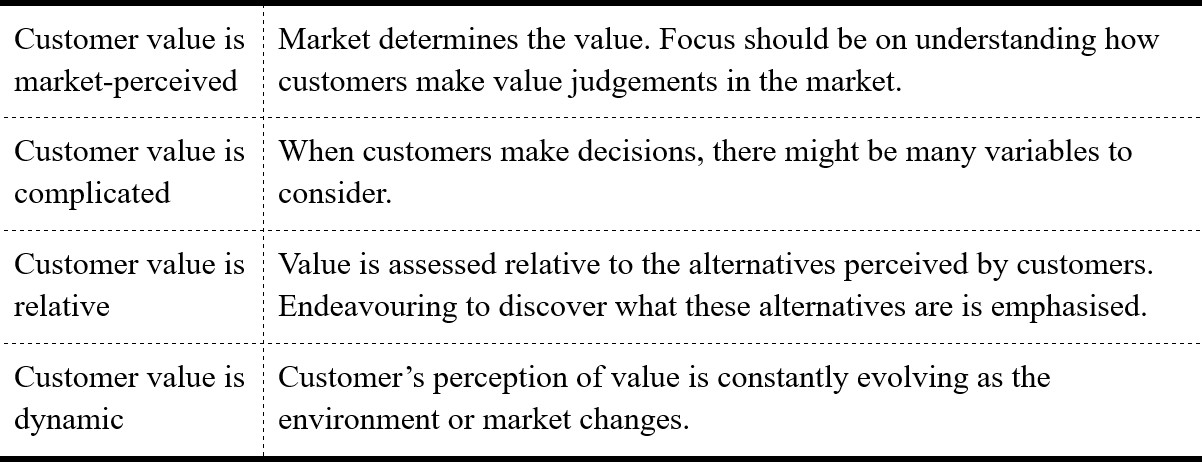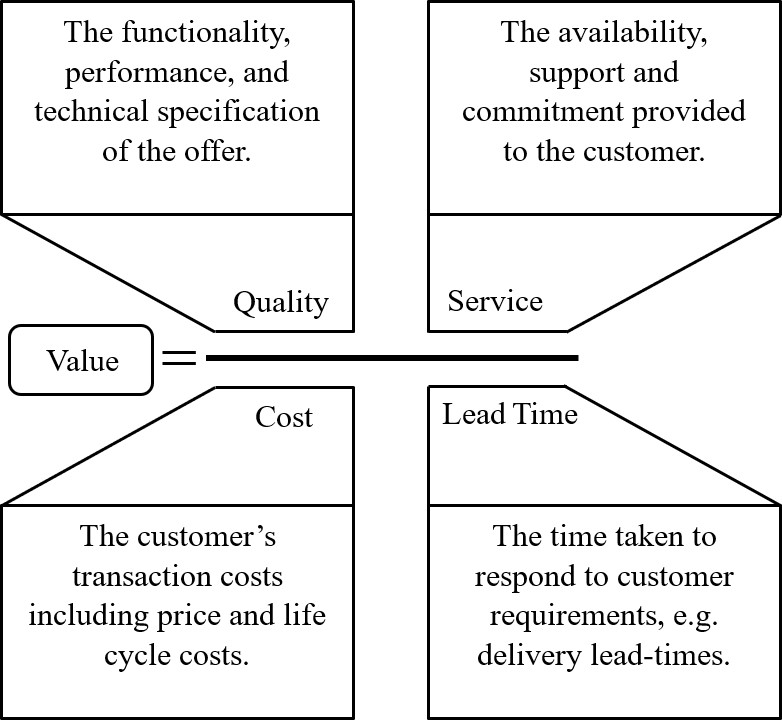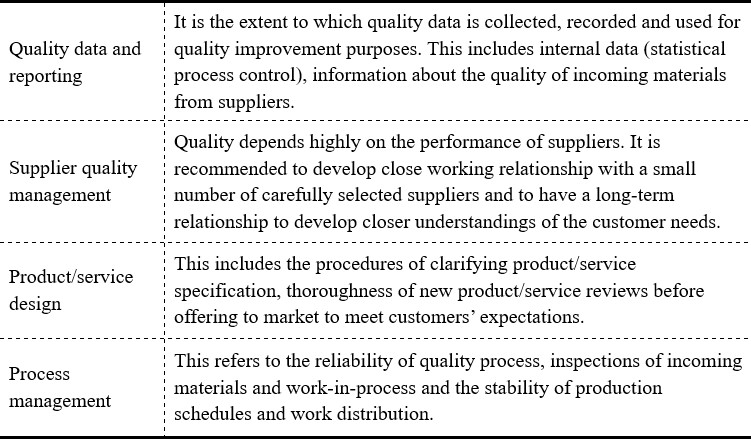1.0 Introduction
Walmart, founded in 1962 by Sam Walton, is one of the most successful multinational retail companies that operates approximately 10,526 stores in 24 countries and eCommerce website and has over 2.3 million employees. The company’s core businesses are retail and wholesale businesses, with a pricing strategy of “Every Day Low Price (EDLP)” (Walmart, 2021). Walmart has different types of stores covering various customer segments: Sam’s Club (specialised store for registered members), Walmart U.S, Walmart International (Bhasin, 2020).
The online and Offline grocery market share of Walmart in the U.S is 26 percent, which is the highest among all other competitors in the same sector (Statista, 2017). According to Hanbury (2020), the average customer of Walmart is a 46-year-old white woman with an annual household income of £55,000, which indicates that Walmart is the most popular grocery store for homemakers. The main competitors of Walmart include Amazon, Costco, Target, Tesco, and Kroger (Bhasin, 2020).
This report will explore the relationship between customer services and logistics and how Walmart practises its customer services to improve customer satisfaction and logistics. Then the order winner of Walmart that contribute to the company’s success will be discussed.
2.0 Customer Service in International Logistics
2.1 Customer value
It is no exaggeration to say that the ultimate success and failure of a business highly depend on how well customer value is conveyed in the marketplace. Customer value is the result of the customer’s assessment of all benefits and costs of goods or services compared to other alternatives. In other words, it is the difference between the benefits and costs (Leseure, 2010; Christopher, 2016). Leseure (2010) distinguished four characteristics of customer value: market-perceived, complexity, relativity, and dynamic. Table 1 contains details of the four characteristics.
Table 1 Four Characteristics of Customer Value

While understanding the characteristics of customer value, it is also essential to identify the benefits and costs of a product to deliver customer value in the market properly. Benefits consist of quality and service, and costs comprise cost and lead time (Christopher, 2016). Therefore, customer value can be expressed in equation as follows:
| Customer Value= | Quality×Service |
| Cost×Lead Time |
Reprinted from Christopher, M. (2016). Logistics and Supply Chain Management. Pearson.
The equation clearly demonstrates how customer value is perceived. Figure 1 is an expanded form of the equation that shows the constituent elements of quality, service, cost, and lead time.
Figure 1 Constituent Elements of Quality, Service, Cost, and Lead Time

Logistics management is fundamental for effectively delivering customer value as it is almost the only factor that can affect both the denominator and the numerator of the customer value equation (Christopher, 2016).
2.2 Customer service
Customer service is defined as “the ability of logistics management to satisfy users in terms of time, dependability, communication, and convenience” (Murphy & Knemeyer, 2018, p. 138). Good customer service is requisite for maximising customer value, and logistics play an important role here. Logistics is defined as “the positioning of resources in the right place, at the right time, in the right quantity, at the right quality, at the right price”, and these ‘rights’ of logistics contribute to fulfilling ‘seven rights’ of customer service which include right quantity, cost, product, customer, time, place, and condition (Rushton et al., 2017, p. 62).
Figure 2 Core Product and Product Surround

The role of customer service is to provide time and place utility in the process of transferring products and services between seller and buyer to create customer satisfaction (Sadler, 2007; Christopher, 2016). Rushton et al. (2017) differentiated the product itself (core product) from the service elements related to the product (product surround) to emphasise the importance of customer service and logistics. Figure 2 depicts the core product and product surround. According to Rushton et al. (2017), the product surround represents approximately 80 percent of the product’s impact but only represent 20 percent of the cost. This shows that excellent customer service and logistics are more important than the attractiveness of the product itself.
2.3 Walmart’s customer service
According to Wey & Wei (2011), Walmart’s customer service can be divided into two parts: the purchase part and the after-sales part. The role of the purchase part of customer service is to enhance customers’ shopping experience, which includes total quality management (TQM) for fostering purchase decisions. Walmart introduced an electronic shelf label system that enables quick updates of prices on the shelves and the cashier. The system enables the company to utilise human resources more efficiently as they no longer need to label manually, allowing the staff to focus more on improving customer satisfaction.
The after-sales part of the customer service offers a satisfaction guarantee. Walmart provides free returns for online and in-store purchases as long as proof of purchase is provided. Customers who are not satisfied with their purchases can return or exchange the products within 90 days. Return of products can be made in three ways: in-store return, mail, or scheduled pickup from customers home, and all of these options are free (Walmart, 2021). The role of logistics management is crucial as return and delivery must be made simultaneously in this process.
3.0 Order Qualifiers & Order Winners
Organisations that fail to provide adequate services in the market cannot survive in the long run. Therefore, all operational strategies must reflect the intended market position of the business. The appropriately reflected operations add value for customers and contribute to competitiveness by meeting customers’ needs (Barnett-Richards, 2019). To this end, the priorities (relative importance) of various competing factors must be distinguished, and the most effective way is to distinguish between order winners and order qualifiers (Slack & Brandon-Jones, 2018).
3.1 Order qualifiers
Order qualifiers are a prerequisite for products to enter the competition. Even if a product has order qualifiers, the business will not necessarily succeed, but the product or service will be excluded from the customer’s consideration if it does not (Boddy, 2017). Order qualifiers are not the main competitive factors for success because they are the factors that customers generally expect of a product or service. Therefore, being excellent at order qualifiers is unlikely to attract customers but being bad at them can disadvantage the operation’s competitive position (Slack & Brandon-Jones, 2018; Barnett-Richards, 2019).
Figure 3 depicts the relationship between the performance of order qualifiers and competitive benefit. The graph clearly shows that there is a significant difference in competitive benefits between when order qualifying criteria are met and not. However, it is recognized that the competitive benefit remains at the same level once the performance acquires the qualifying level.
Figure 3 Relationship Between Performance of Qualifying Factors and Competitive Benefit

3.2 Order winners
Order winners are the features that contribute directly and significantly to winning business. These factors are considered key reasons for customers when purchasing products or services. Improving order-winning factors will result in more business or improvement in chances of gaining more business (Slack & Brandon-Jones, 2018; Barnett-Richards, 2019; Boddy, 2017). Figure 4 represents the relationship between the performance of order-winning factors and competitive benefit.
Figure 4 Relationship Between Performance of Winning Factors and Competitive Benefit

As shown in Figure 4, the contribution of order-winning factors to competitive benefit increases significantly and steadily as their performance improves. Total customer value can be improved by strengthening and increasing order winners. Therefore, all activities for order winners must be managed to ensure effectiveness and attractiveness, while the management of activities for order qualifiers must focus on efficiency and cost reduction (Bowman & Faulkner, 1997).
3.3 Walmart’s order winners and customer value
As discussed above, the ability of a company to win orders in the market highly depends on the company’s competitiveness (Hörte & Ylinenpää, 1997). Walmart, as a global leading retail company, endeavours to improve its order-winning factors to remain competitive in the marketplace and enhance customer value. This part of the section will explore Walmart’s order-winning factors and how those factors contributes to improving customer value.
Walmart’s pricing strategy is “Every Day Low Price”, well known as EDLP. To successfully execute the strategy, effective logistics and supply chain management for cost reduction is essential. Order-winning factors of Walmart are contributing towards the company’s successful practice of its pricing strategy.
Walmart is a well-known retail company that effectively uses innovative information technology in decision-making, logistics, and supply chain management (Chopra & Meindl, 2013; Chiles & Dau, 2005). The effective use of information technology is Walmart’s first order winner to be addressed in this part. Analysing information is fundamental for an effective decision-making process (Murphy & Knemeyer, 2018). However, the amount of information is too vast and complex for humans to analyse, and information technology plays an important role in addressing the problem (Powell & Dent-Micallef, 1997).
Walmart operates the world’s most enormous private cloud and integrated satellite communication network to efficiently manage its resources and supply chain, which enable the company to provide a better quality of customer service. These information technologies analyse and process a vast amount of data and provide optimised and accurate information to the company within a short time (Kemal, 2019; Minch, 2015; Garcia, 2020). Walmart then makes decisions about inventory, transportation, pricing, and facility based on processed information to enhance its customer value and customer service (Chopra & Meindl, 2013).
The other winning factor of Walmart is an effective and efficient inventory management system (Lin, 2019). Walmart operates several different types of inventories for various purposes. There are four types of inventories: finished goods inventory, transit inventory, buffer inventory, and anticipation inventory. Finished goods inventory, the most significant type, is used for storing and replenishing finished goods for sale and distribution. The second most significant type is the transit inventory. This inventory is used while products are in transit. The role of this inventory is to keep the products fresh and clean while transporting to support replenishing the finished goods inventory (Greenspan, 2019).
The buffer inventory is used for managing demand-related risks by storing a small number of extra goods to respond to any sudden change in demand quickly and appropriately. The anticipation inventory is similar to the buffer inventory in storing extra stocks of products to respond to an increase in demand. The difference between these two inventories is that anticipation inventory is based on the experiential data on seasonal changes in the market and is used only during some special seasons (Greenspan, 2019). By operating different types of inventories, Walmart can ensure the smooth flow of goods and manage demand-related risks effectively, fulfilling the definition of customer service suggested by Murphy & Knemeyer (2018) above.
The most significant winning factor of Walmart is its pricing strategy, EDLP, which is enabled by other order winners of the company. Walmart enabled the EDLP strategy using various effective and efficient managerial and operational strategies and systems, and the successful implementation and maintenance of that strategy brought price competitiveness to the company. According to Latham (2019), Walmart provides the most variety of products with an approximately 10 percent lower price than its competitors. The competitive prices of products enabled Walmart to enhance its customer value.
4.0 Recommendation
Bowman & Faulkner (1997) highlighted that today’s winning factors will become tomorrow’s qualifying factors as competitors imitate the winning factors. Therefore, improving and sustaining the order winners is fundamental for a company to survive in the marketplace. This section will recommend how Walmart maintains its current order winners and how it can continue to introduce new winning factors.
Walmart’s order winners are designed to enhance customer satisfaction by providing quality customer service in terms of logistics management. To sustain its current order winners, it is recommended for Walmart to implement the quality management practices that include four procedures: quality data and reporting, supplier quality management, product/service design, process management (Kaynak, 2003). Table 2 contains explanations of each procedure of the quality management practices.
Table 2 Quality Management Practices

By conducting these practices, Walmart can sustain its current order winners and figure out what is being carried out well and what is lacking quickly. Then, based on the evaluation, Walmart can derive and introduce the most optimal and most required new winning factors, whether technological innovations, new processes, or products. Through this cycle of evaluating qualities and introducing new winning factors based on the evaluation, Walmart will continue to sustain its leadership in the market.
5.0 Conclusion
This report discussed how customer service affects customer value and how logistics operations contribute to improving the customer service quality in Walmart’s case. It also explored the concept of order winners and qualifiers and what are Walmart’s winning factors. According to the study, the effective use of information technology, inventory management strategy, and pricing strategy, EDLP are Walmart’s winning factors that enable the company to achieve market leadership by providing better customer service and delivering customer value. Walmart is expected to continue to sustain its market leader position if the quality management practices are implemented and necessary order winners are introduced based on the evaluation.
Reference List
Barnett-Richards, K. (2019). Supply Chain and Operations Management. Pearson Education.
Bhasin, H. (2020). Top Walmart Competitors. Marketing91. https://www.marketing91.com/walmart-competitors/
Boddy, D. (2017). Management: An Introduction (7th ed.). Pearson.
Bowman, C., & Faulkner, D. (1997). Competitive and Corporate Strategy. Irwin.
Chiles, C. R., & Dau, M. T. (2005). An Analysis of Current Supply Chain Best Practices in the Retail Industry with Case Studies of Wal-Mart and Amazon.com [MSc Thesis]. In (pp. 1–188). Massachusetts Institute of Technology.
Chopra, S., & Meindl, P. (2013). Supply chain management: strategy, planning, and operation (5th ed.). Pearson.
Christopher, M. (2016). Logistics and Supply Chain Management (5th ed.). Pearson Education Limited.
Garcia, G. (2020). Information Systems Utilization of an Organization: The Case of Walmart Inc. In (pp. 1–15). https://doi.org/10.13140/RG.2.2.34979.81447
Greenspan, R. (2019). Walmart’s Inventory Management. Panmore Institute. http://panmore.com/walmart-inventory-management
Hanbury, M. (2020). This is What the Average Walmart Shopper Looks Like. Business Insider. https://www.businessinsider.com/walmart-shopper-demographics-average-is-white-woman-2020-1?r=US&IR=T
Hörte, S. Å., & Ylinenpää, H. (1997). The Firm’s and Its Customers’ Views on Order‐Winning Criteria. International Journal of Operations & Production Management, 17(10), 1006–1019. https://doi.org/10.1108/01443579710177013
Kaynak, H. (2003). The Relationship between Total Quality Management Practices and Their Effects on Firm Performance. Journal of Operations Management, 21(4), 405–435.
Kemal, M. (2019). Beneficial uses of Cloud Computing Service and Deployment Models. https://www.researchgate.net/publication/335318594
Latham, S. (2019). Kroger vs. Walmart vs. Aldi: Which Is the Cheaper for Groceries? Cheapism. https://reviews.cheapism.com/cheapest-groceries-walmart-vs-kroger-vs-aldi/
Leseure, M. (2010). Key Concepts in Operations Management. Sage.
Lin, R. (2019). The Importance of Successful Inventory Management to Enterprises-A Case Study of Wal-Mart. Finance and Social Science Research, 755–758. https://doi.org/10.25236/mfssr.2019.154
Minch, R. P. (2015). Location Privacy in the Era of the Internet of Things and Big Data Analytics. 2015 48th Hawaii International Conference on System Sciences, 1521–1530. https://doi.org/10.1109/HICSS.2015.185
Murphy, P. R., & Knemeyer, A. M. (2018). Contemporary logistics (12th ed.). Pearson Education Limited.
Powell, T. C., & Dent-Micallef, A. (1997). Information Technology as Competitive Advantage: The Role of Human, Business, and Technology Resources. Strategic Management Journal, 18(5), 375–405. https://doi.org/10.1002/(SICI)1097-0266(199705)18:5<375::AID-SMJ876>3.0.CO;2-7
Rushton, A., Croucher, P., & Baker, P. (2017). The Handbook of Logistics and Distribution Management: Understanding the Supply Chain (6th ed.). Kogan Page.
Sadler, I. (2007). Logistics and supply chain integration. Sage Publications Ltd.
Slack, N., & Brandon-Jones, A. (2018). Operations and Process Management: Principles and Practice for Strategic Impact (5th ed.). Pearson Education.
Statista. (2017). U.S. Grocery Market Share. ; https://www.statista.com/statistics/818602/online-and-offline-grocery-market-share-of-leading-grocery-retailers-us/
Walmart. (2021a). Location Facts. Corporate – US. https://corporate.walmart.com/our-story/our-locations?multi=false
Walmart. (2021b). Our History. ; https://corporate.walmart.com/our-story/our-history
Walmart. (2021c). Walmart’s Return Policy. Walmart.com. https://www.walmart.com/cp/returns/1231920
Wei, Z., & Wei, R. (2011). Performance Assessment of Customer Service Strategy in Wal-Mart. Journal of System and Management Sciences, 1(6), 85–93.
